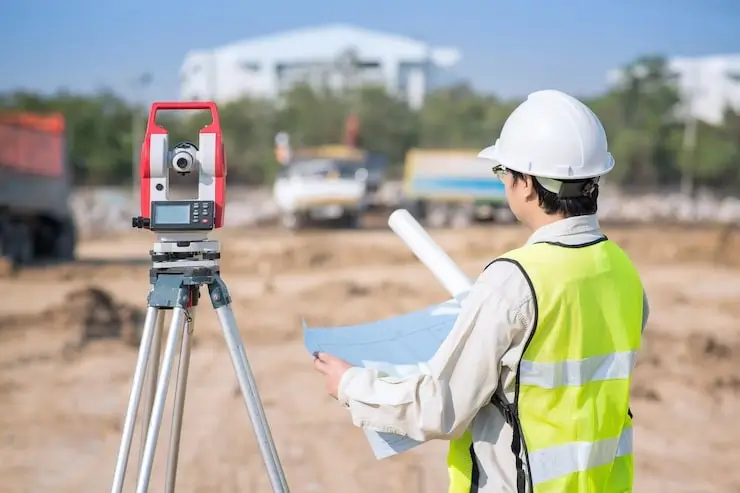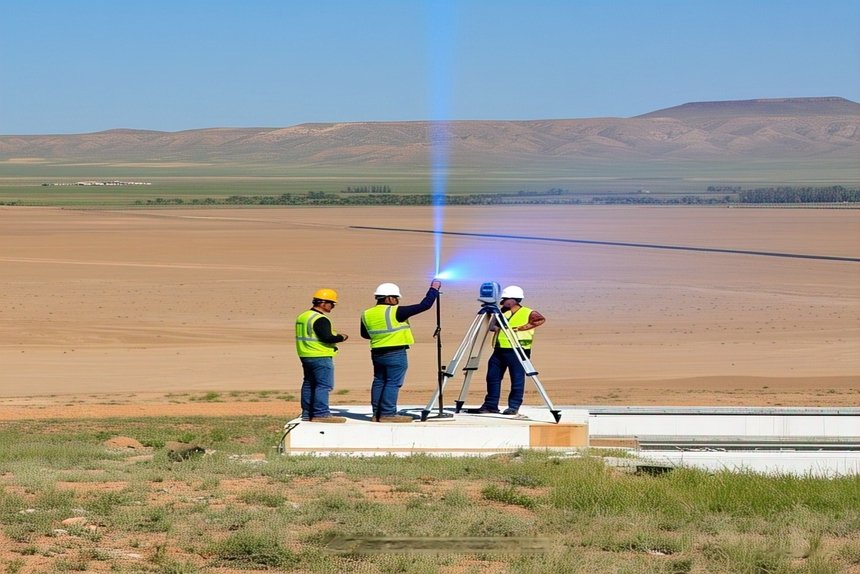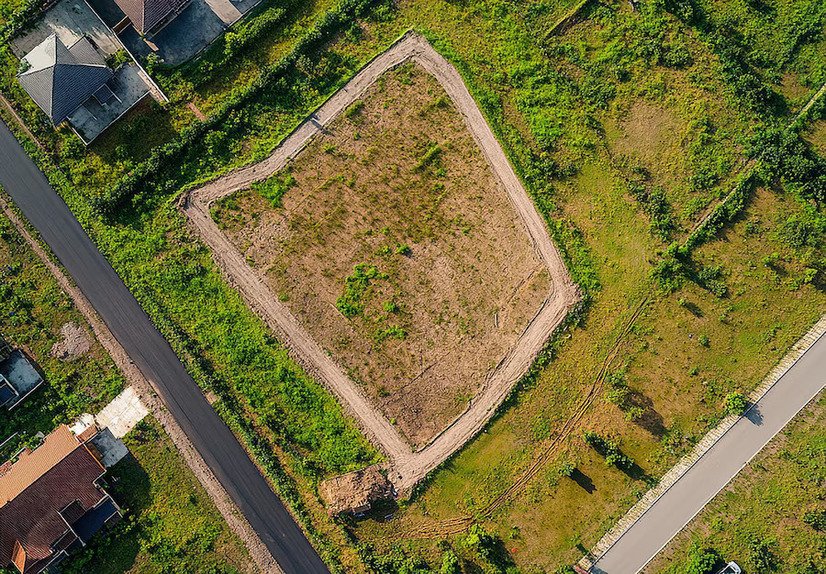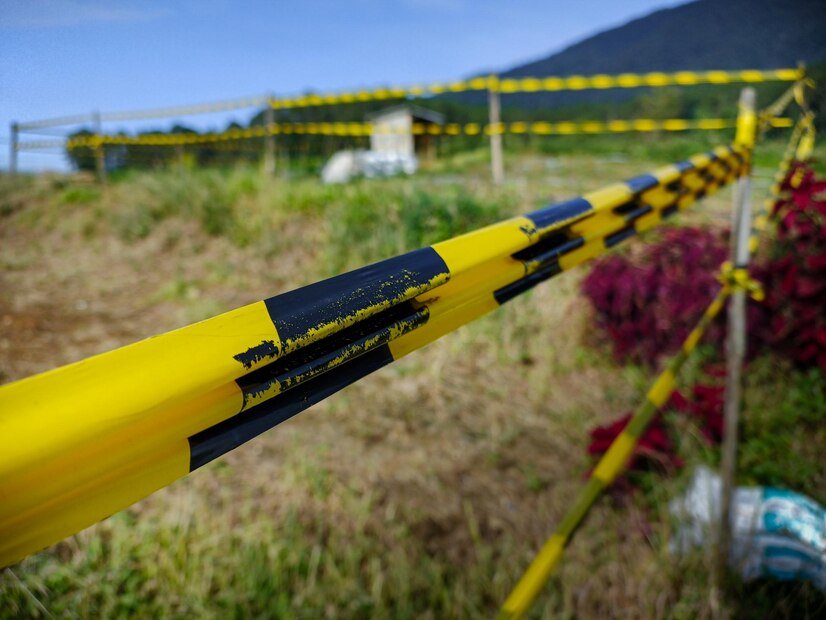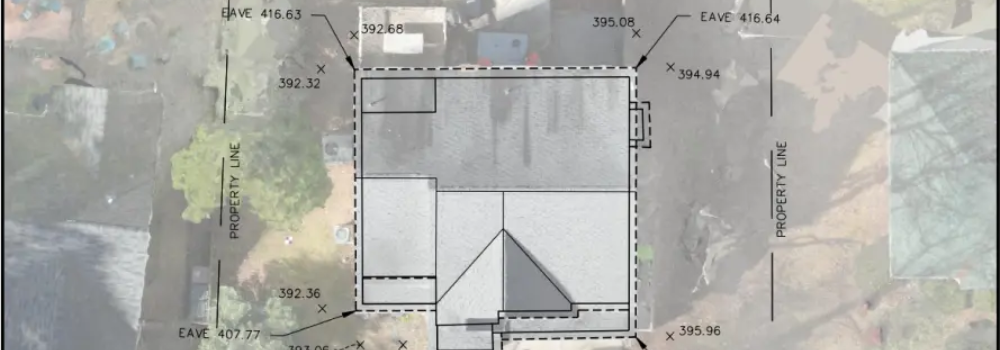Surrounded by infinite construction wonders, it makes sense to understand land survey methods. North Carolina with Raleigh and Durham County, and Hillsboro and Carrboro cities needs to apply a variety of surveys. A Construction survey helps achieve a better understanding of the land features, soil quality, and the positive and negative aspects of building on it. Legally too, surveys find a meaning and purpose, never forgetting that land is a divine gift forever and needs to be preserved and maintained well.
A licensed land surveyor helps facilitate realistic construction planning, design, budget, and implementation. Several types of surveys before, during, and after construction help gather valid data about the building and the land. Architects and engineers thus make informed decisions and avoid dangers. Land needs to be measured, mapped, and analyzed, all in the legal sense. Land boundaries and any existing infrastructure undergo surveys for records.
8 common land survey methods
Boundary Line Survey
Identifying a land parcel accurately requires exact boundary lines and corners. Along with legal documents, physical markers help to define the area. If concrete structures are available, they help better identification along with iron pins. Measurements of distances and angles further help precisely define the property limits.
Topographic Survey
An accurate map of the land depicts natural and constructed features like fields and towers. Land contours like elevated areas need to be reflected along with foliage and slopes. Such a topographic map helps in site planning and grading.
Construction Layout Survey
A construction layout survey becomes necessary while planning a new structure which requires vertical and horizontal grading for accuracy. As a result, accuracy is achieved in alignment, functionality, and design. According to the project design, roads and buildings could be indicated by stakes or markers. Construction procedures proceed smoothly and efficiently with such a plan that transfers designs from paper to work procedures successfully.
As-Built Survey
A professional land surveyor knows all the secrets of survey success. After construction is complete, an as-built survey reflects the realities of the finished product. If any changes were made to the design plan, it is shown. Such a survey assumes great importance for a variety of reasons like legal records and maintenance.
ALTA Survey
American Land Title Association survey precedes property purchases and investment. An ALTA insurance policy is based on such survey data for a lending or title firm. The ALTA survey is crucial to know the land boundaries and possible infringements, along with other associated factors. Real estate dealings often require surveys that follow the criteria set by ALTA and the National Society of Professional Surveyors.
Civil Survey
A civil survey studies and records data connected with a particular land area. Construction projects benefit from such data in planning and execution. A 3-D approach helps in the accurate understanding and positioning.
Environmental Survey
Safety concerns dominate in the environmental survey in terms of topography and soil condition. Land may appear feasible to build upon. If a high groundwater table exists besides other reasons like wetlands, construction is not advised. Avoiding such risks is the primary motive of environmental surveys.
Location Survey
Like a boundary survey but going deeper, a location survey indicates improvements on the land in some detail. Such a location is important regarding loan applications and zoning permits. The location survey reflects compliance with legal requirements regarding finances and regulations.
Importance of Construction Surveys:
1- Minimizing Errors: Accurate measurements reduce mistakes that could lead to costly rework.
2- Improving Safety: Identifies hazards and ensures structures are built on stable ground.
3- Enhancing Efficiency: Streamlines the construction process by providing clear guidance to the team.
4- Legal Protection: Prevents disputes by clearly defining property boundaries.
5- Quality Assurance: Confirm that the project meets the design criteria and regulatory requirements.
Land comes with different backgrounds in urban and rural settings. A variety of dimensions, patterns, and uses complicate land further. Civil and legal records require a systematic study and awareness of land patterns. Abuse of land rights and legal barriers, for instance in real estate dealings, needs to be avoided. Exploitation of land resources needs to be minimized. A licensed land surveyor helps you make informed decisions about the land.




